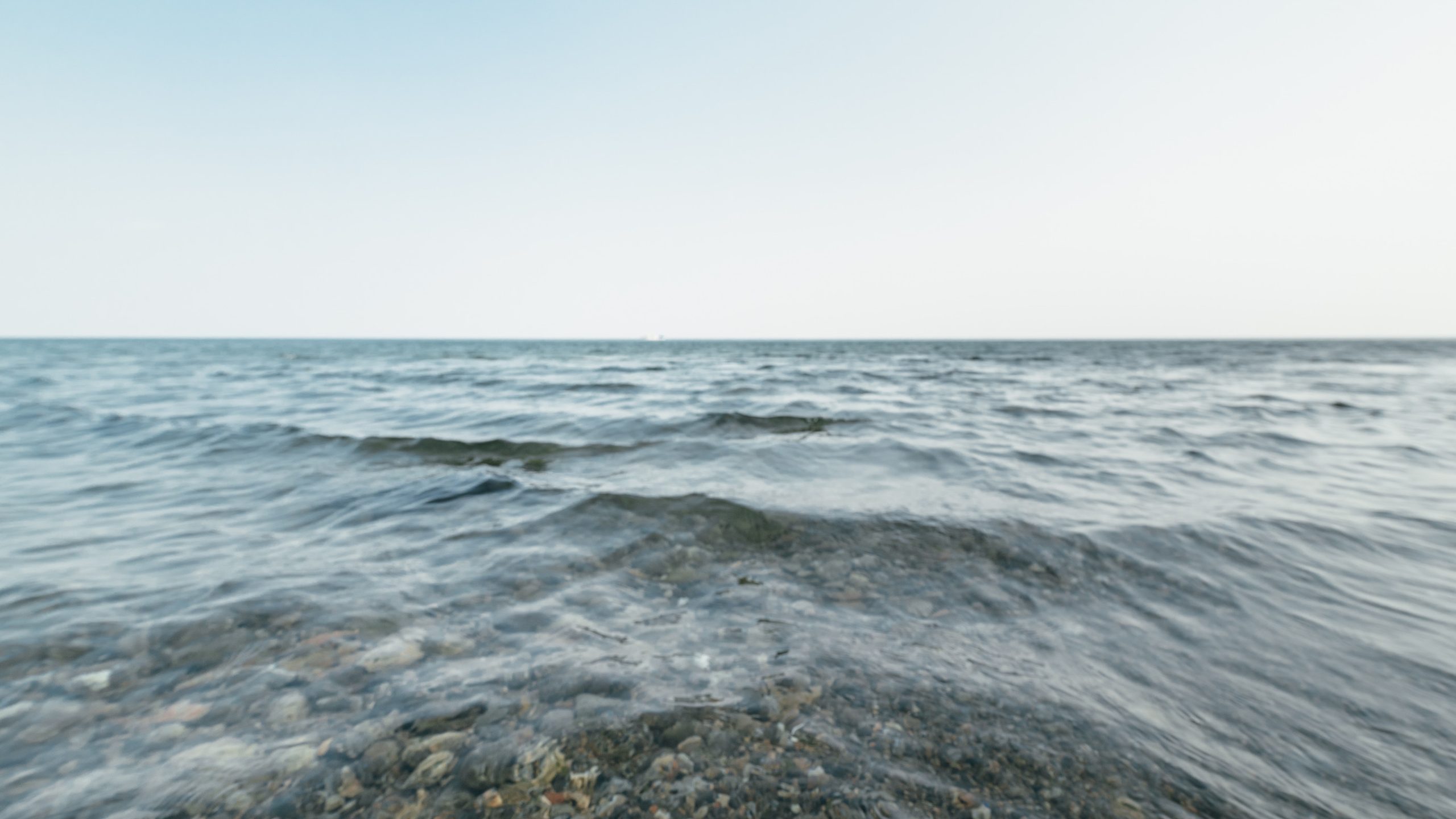This past Wednesday in a formal ceremony, the state government of Queensland, Australia, agreed to return four national parks to the Indigenous Eastern Kuku Yalanji people. The official decision follows four years of negotiations.
One of these four parks is Australia’s Daintree Rainforest, one of the oldest rainforests on the face of the earth. The Daintree Rainforest is part of the Wet Tropics of Queensland UNESCO World Heritage Site and is incredibly important to the planet’s biodiversity and natural history as it is the largest part of Australia that has maintained its rainforest coverage since the days of the great Gondwanan forest that used to expand over Australia and part of Antarctica 50 to 100 million years ago. The Daintree Rainforest is home to over 3,000 plant species, 107 mammals, 368 birds, and 113 reptiles.
According to UNESCO, all these species are considered “living relics of the Gondwanan era,” so “their subsequent diversification provide[s] unique insights to the process of evolution in general.”
Back in 1988, the rainforest was earned World Heritage status as part of an initiative to protect the land from logging and agricultural development, but the Eastern Kuku Yalanji wasn’t involved in this decision.
“[The Eastern Kuku Yalanji] culture is one of the oldest living cultures and this land hand back recognizes their right to own and manage their Country,” Environment Minister Meaghan Scanlon published on Twitter.
As BBC News reports, the historic handoff also includes the Cedar Bay (Ngalba Bulal), Black Mountain (Kalkajaka), and Hope Islands national parks, all of which add up to a combined area of more than 160,000 hectares. For now, the Queensland government and the Eastern Kuku Yalanji people will manage the land together before it’s entirely given over to aboriginal control.
“It’s a big thing for Eastern Kuku Yalanji people, for us bama, which means people,” Chrissy Grant, a traditional owner and the incoming chair of the Wet Tropics Management Authority board, said to The Guardian. “Bama across the wet tropics have consistently lived within the rainforest. That in itself is something that is pretty unique to the world heritage listing.”
The hope is that the official hand-off of such an important cultural and environmental site will serve as a model for other groups in Australia’s wet tropics who hope to regain and protect their traditional lands.











